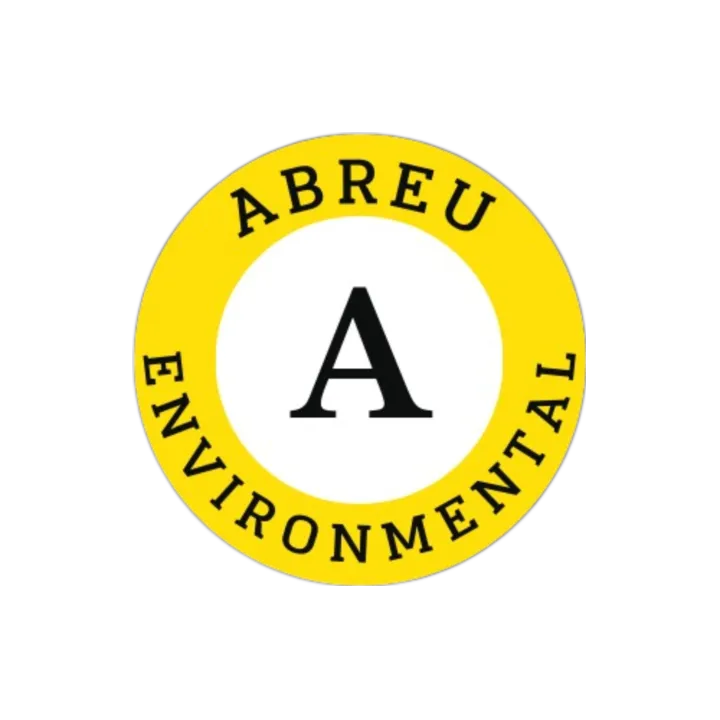Lead Abatement vs Lead Remediation
Lead is a toxic metal that can cause serious health problems, especially in children. If lead is present in a building, it must be removed to protect the health of occupants. There are two main methods of removing lead from a building: lead abatement and lead remediation. While these terms are often used interchangeably, they refer to different processes.
Lead abatement involves the complete removal of lead-based paint or other lead-containing materials from a building. This process is typically used in older buildings where lead-based paint is present on walls, ceilings, and other surfaces. During lead abatement, trained professionals use specialized equipment and techniques to remove lead-based paint or other materials, often using chemical strippers, heat guns, or sanding. The goal is to completely remove the lead from the building, leaving it free from any potential hazards. Visit Abreu Environmental to learn more about trained lead abatement professionals.
Lead remediation, on the other hand, involves the reduction of lead levels in a building without completely removing the lead-containing materials. This process is typically used when complete removal of the lead is not possible or practical, such as in buildings with lead pipes or leaded glass windows. During lead remediation, trained professionals use techniques to reduce the risk of lead exposure, such as encapsulation, painting over lead-based paint, or installing barriers to prevent exposure.
The main difference between lead abatement and lead remediation is the level of removal of lead from the building. Abatement involves complete removal, while remediation involves reducing the risk of exposure without complete removal. Both processes require specialized training, equipment, and techniques to ensure that lead is removed or reduced safely and effectively.
It is important to note that lead abatement and remediation should only be performed by trained professionals who are certified by the Environmental Protection Agency (EPA). These professionals have the knowledge and expertise to perform the work safely and effectively, and to ensure that the building is free from potential health hazards. Visit Abreu Training to learn more about EPA RRP.
In conclusion, lead abatement and lead remediation are two different processes for removing lead from a building. Abatement involves complete removal, while remediation involves reducing the risk of exposure without complete removal. Both processes require specialized training, equipment, and techniques to ensure that lead is removed or reduced safely and effectively. If you suspect that your building may contain lead, it is important to contact a certified professional to determine the best course of action for protecting the health of occupants.



